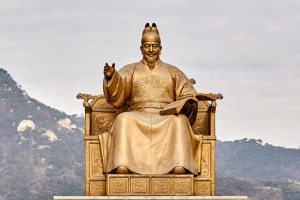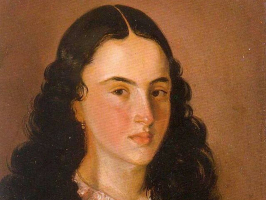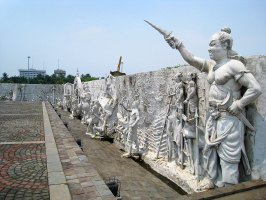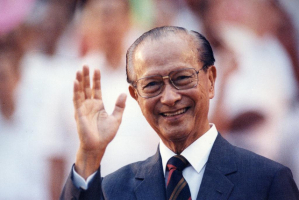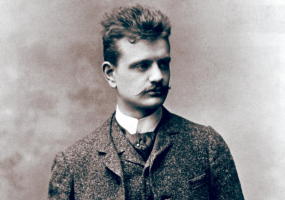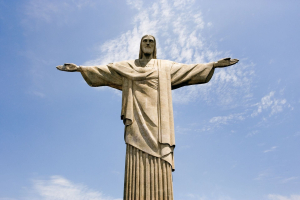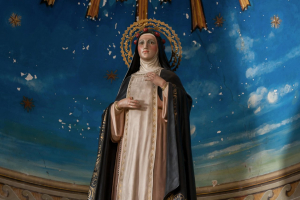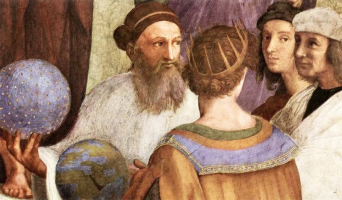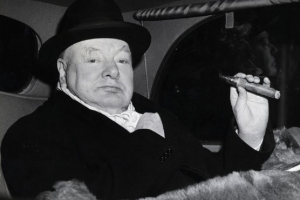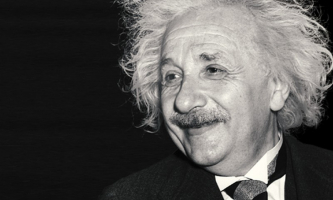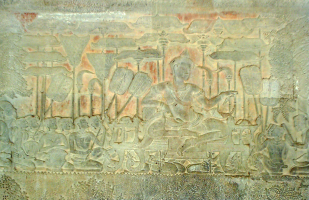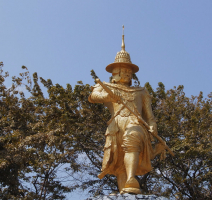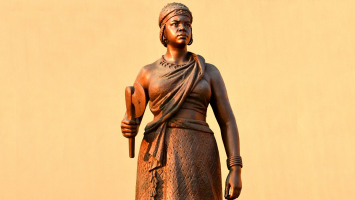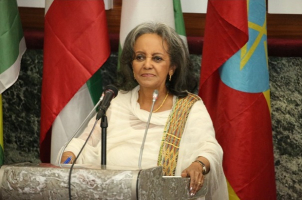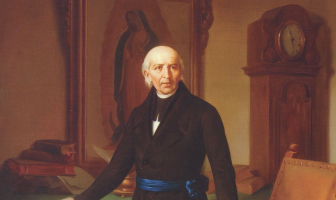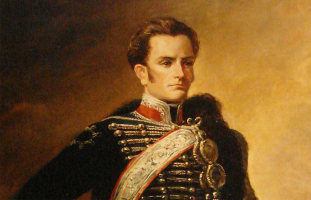Top 10 Most Important Historical Figures In Nepal
Nepal is the birthplace of many notable people who have contributed to or had an impact on their country or the world. Many people in Nepal's history have made ... read more...extraordinary contributions to the nation-building process that people will never forget. The nation bestows the title of 'rashtriya bibhuti,' or 'national hero,' on such individuals. In the list, Toplist has compiled the most important historical figures in Nepal.
-
Gautama Buddha (also Siddhārtha Gautama, Siddhattha Gotama; Shakyamuni, Sakkamuni; and The Buddha) was an ascetic and spiritual teacher of ancient India who lived during the 6th or 5th century BCE. He was the founder of Buddhism and is revered by Buddhists as a fully enlightened being who taught a path to Nirvana. Now he is regarded as one of the most important historical figures in Nepal.
According to Buddhist tradition, the Buddha was born in Lumbini, Nepal, to highborn Shakya clan parents, but abandoned his family to live as a wandering ascetic. He attained enlightenment at Bodh Gaya after a life of begging, asceticism, and meditation. Following that, the Buddha wandered through the lower Gangetic plain, teaching and establishing a monastic order. He taught a middle path between sensual indulgence and severe asceticism, a mind training that included ethical training as well as meditative practices like effort, mindfulness, and jhana. He died in Kushinagar, having attained paranirvana. The Buddha has since been revered by many religions and communities throughout Asia.
Several centuries after the Buddha's death, the Buddhist community compiled his teachings in the Vinaya, his codes for monastic practice, and the Suttas, texts based on his discourses. Later generations composed additional texts, such as systematic treatises known as Abhidharma, biographies of the Buddha, collections of stories about his past lives known as Jataka tales, and additional discourses, i.e. the Mahayana sutras, in Middle Indo-Aryan dialects.
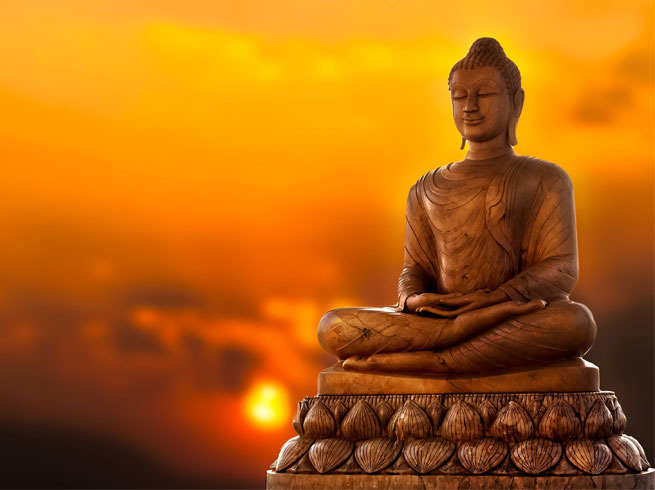
mahaguthi.com.np 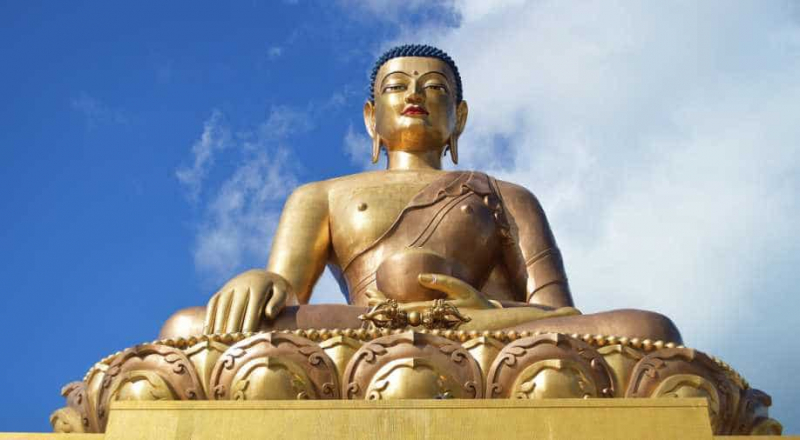
wionews.com -
Amshuverma or Amshu Verma (595 CE - 621 CE) rose to the position of Mahasamanta (equivalent to prime minister) around 595 CE during the reign of King Sivadev I in Nepal's Licchavi (kingdom). Amshuverma reduced Sivadeva to a mere figurehead within years of his appointment as Samanta, a feudal lord, in 604 AD. His reign appears to have ended before 621 AD, when crown prince Udayadev ascended to the throne.
Amshuverma took the title of Pashupati Bhattarak being in Shaivite majority period. The meaning of Sanskrit word Bhattaraka is noble lord. He is believed to have been a son of a brother of the queen of Sivadeva. He was a learned, bold and farsighted ruler of the Licchavi (kingdom) period, he was also a lover of art, architecture and literature. He built Kailashkut Bhawan palace, which became famous as a state of the art palace south of the Himalayas in the seventh century.
The Chinese ambassador Wang Huen Che who was appointed about 640 AD makes a graphic description of its grandeur in Tang Annals of China. The appointment of the Chinese ambassador to the court of Nepal in the seventh century shows that a very close relationship pertained between Nepal and China already.
Many Tibetan accounts make Bhrikuti the daughter of Amshuverma. If this is correct, the marriage to Songtsän Gampo must have taken place sometime before 624 CE. Acharya Kirti Tulku Lobsang Tenzin, however, states that Songstän Gampo married Bhrkuti Devi, the daughter of king "Angsu Varma" or Amshuvarma (Tib: Waser Gocha) of Nepal in 632.
According to some Tibetan legends, however, a Nepali king named Go Cha (identified by Sylvain Lévi as "Udayavarman", from the literal meaning of the Tibetan name) was said to have a daughter called Bri-btumn or Bhṛkuti. "Udayavarman" was most likely the same king we know as Udayadeva, the son of Śivadeva I and later, the adopted son and heir to Aṃshuvarmā. He was also thought to be the father of Narendradeva (Tib: Miwang-Lha). If this is accepted, it means that Narendradeva and Bhrikuti Devi were brother and sister.
It is believed that Udayadev was exiled to Tibet and his daughter, Bhrikuti, was married to the Tibet Emperor Tsrong-tsang Gompo. This event appears to have opened trade routes between Nepal and Tibet. Some early historians in Nepal had mistakenly concluded that the pictographic symbol used to name the father of Bhrikuti in Tang Annals stood for Amshu (which means the rays of the rising sun in Sanskrit, the language used in Nepal then), where as Udaya (the rise of the sun) would also be written with the same symbols. Bhrikuti could not have been Amshuverma's daughter simply because she would be too old to marry the Tibet Emperor. Bhrikuti was daughter of Udayadev and she had dispatched the Tibetan army to Nepal valley to reinstate Narendradev, her brother, as king in Nepal about 640 AD. Bhrikuti was instrumental in spreading Buddhism to Tibet and she later attained the status of Tara, the shakti in Mahayana Buddhism.
The Chinese Buddhist monk Xuanzang, who visited India during the 7th century, described Aṃshuvarmā as a man of many talents. The original temple of Jokhang in Lhasa was modeled after a Nepali monastery design - a square quadrangle with the kwa-pa-dyo shrine at the center of the east wing, opposite to the entrance. The innermost shrine room of the world heritage Jokhang temple still displays the woodwork of Nepali origin and craftsmanship. Since then, and specially after the contributions of Araniko, a Nepali bronze caster and architect who was sent to Tibet to cast a stupa in 1265 AD, Nepali art and architecture spread over the countries like China and Japan. An inscription by Aṃshuvarmā dated to 607 AD at Tistung professes the importance of the "Aryan code of conduct" (i.e. the caste system).
A great feat of architecture and engineering, the Kailashkut Bhawan, is believed to have been located about Hadigaun in Kathmandu. It had three courtyards and seven storied tiered structure with grand water works and inlay stone decorations. Amshuverma also introduced the second Licchavi era (samvat). Economically, Nepal was much developed during his time. His ruling period is known as the 'Golden Period' in the history of Nepal
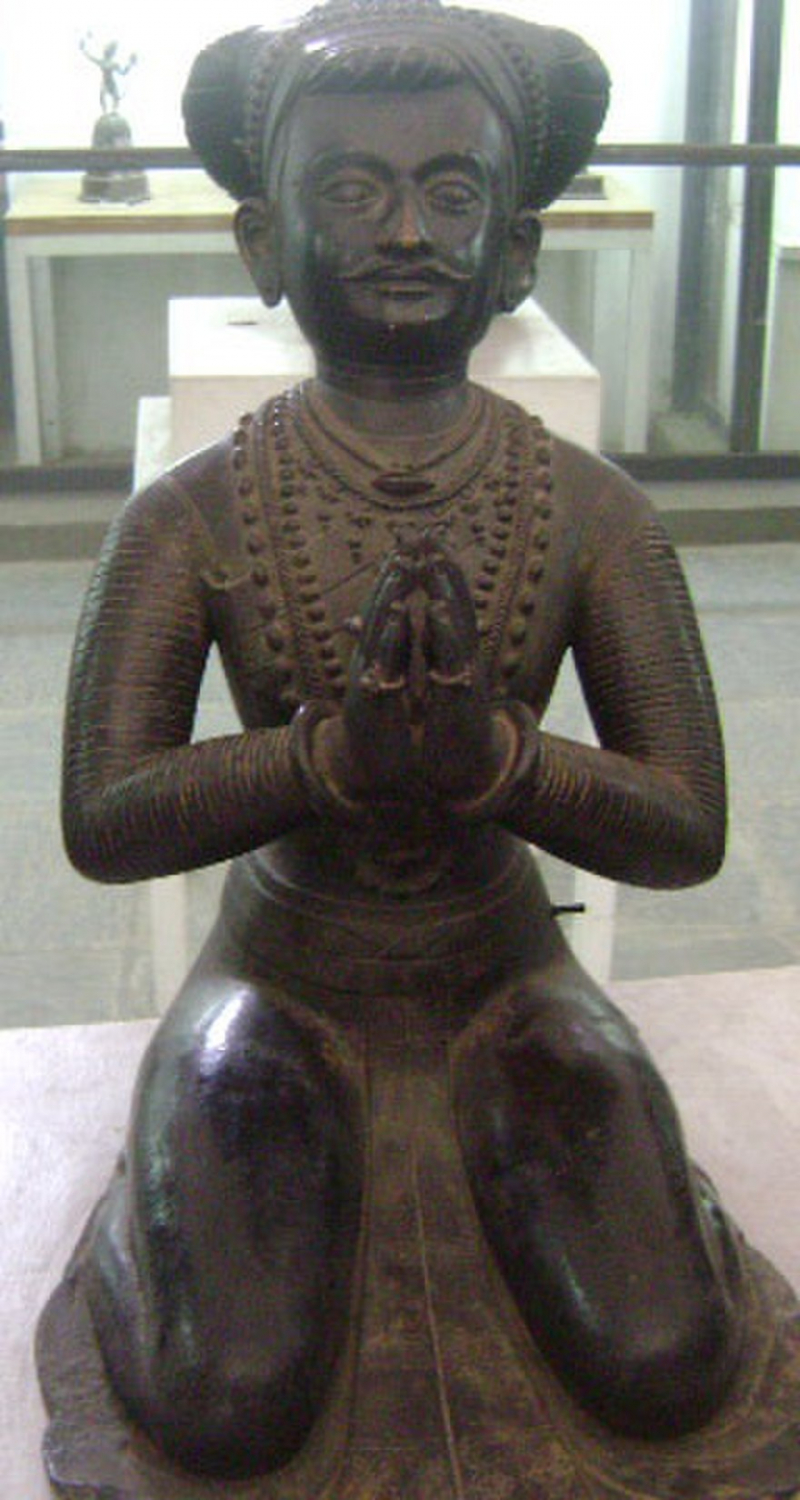
thereaderwiki.com 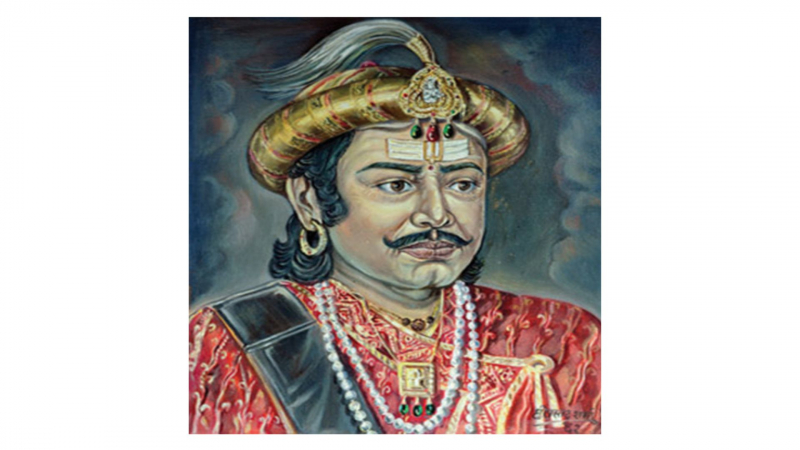
myrepublica.nagariknetwork.com -
Janaka is a character from the Hindu epic Ramayana. Among the most important historical figures in Nepal, he is an ancient Hindu king of Videha, referred to as the one who rules from Janakpur in Nepal's Mithila region. Sīradhvaja was his birth name, and he had a brother named Kushadhvaja. His father's name was Hrasvaroman, and he was a descendant of King Nimi. The rulers of the Videha kingdom were given the title Janaka, which means "father" in Sanskrit, and this character is the most well-known bearer of it.
Janaka is regarded as a model of non-attachment to material possessions. He was deeply interested in spiritual debate and considered himself to be free of worldly illusions. His encounters with sages and seekers like Ashtavakra and Sulabha are documented in ancient texts. Because of his relationship with his adopted daughter Sita, she was given the name Janaki. Janakpur, Nepal, is named after him and his daughter Sita. The Videha (or Mithila) kingdom was historically located between the Gandaki River to the east, the Mahananda River to the west, the Ganga River to the north, and the Himalayas to the south.
The Videha kingdom's first ruler was King Nimi. Janaka was descended from Vishnu in the following order: - Brahmā - Marīci - Kaśyapa - Vivasvān - Vaivasvata - Ikṣvāku - Nimi - Mithi - Udāvasu - Nandivardhana - Suketu - Devarāta - Bṛhadratha - Mahāvīra - Sudhṛti - Dhṛṣṭaketu - Haryaśva - Maru - Pratvantaka - Kīrtiratha - Devamīḍha - Vibudha - Mahīdhraka - Kīrtirāta - Mahāroman - Svarṇaroman - Hrasvaroman - Sīradhvaja (Janaka)
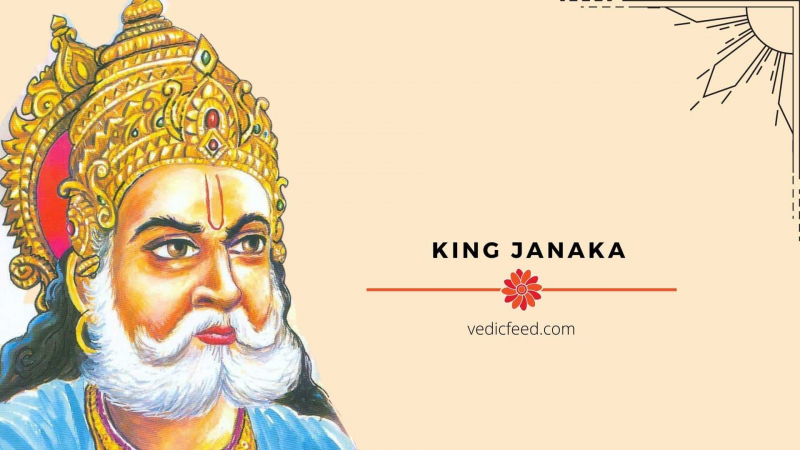
vedicfeed.com 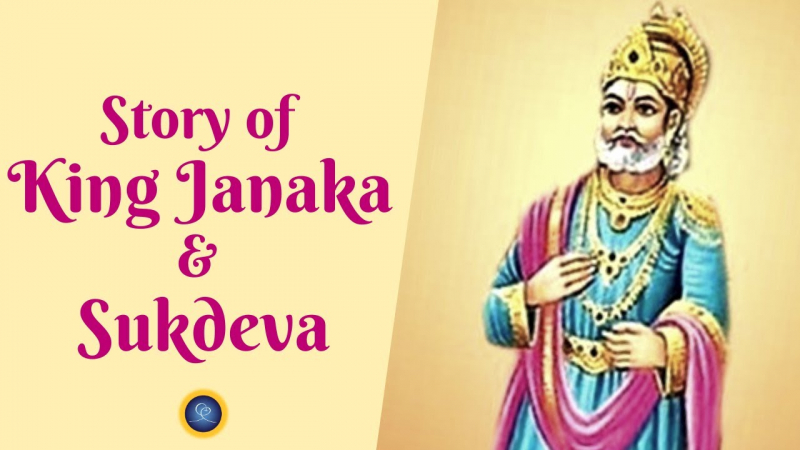
Photo: Ananda Delhi's Youtube Channel -
Sita is a Hindu goddess and the female protagonist of the Ramayana epic. She is the consort of Rama, the avatar of Vishnu, and is thought to be a reincarnation of Vishnu's consort, Lakshmi. She is also the most important goddess in Rama-centric Hindu traditions. Sita is well-known for her devotion, self-sacrifice, bravery, and purity. She is one of Nepal's seventeen national heroes (rastriya bibhuti).
Sita, described as the daughter of Bhūmi (the earth), is raised as the adopted daughter of King Janaka of Videha. Sita chooses Rama, the prince of Ayodhya, as her husband in a swayamvara in her youth. She follows her husband to his kingdom after the swayamvara, but later chooses to accompany her husband, along with her brother-in-law Lakshmana, in his exile. While in exile, the trio settles in the Dandaka forest, where she is kidnapped by Ravana, Lanka's Rakshasa king. She is imprisoned in Ashoka Vatika's garden in Lanka until she is rescued by Rama, who kills her captor. In some versions of the epic, after the war, Rama asks Sita to go through Agni Pariksha (a fire ordeal) to prove her purity before she is accepted by Rama, which angers his brother Lakshmana for the first time.
In some versions of the epic, Maya Sita, an illusion created by Agni, takes Sita's place and is captured by Ravana, while the real Sita hides in the fire. According to some scriptures, her previous birth was Vedavati, a woman Ravana tries to molest. After proving her purity, Rama and Sita return to Ayodhya and are crowned king and queen. When a man questions Sita's purity, Rama sends her into the forest near the ashram of the sage Valmiki to prove her innocence and maintain his and the kingdom's dignity. Years later, after reuniting her two sons Kusha and Lava with their father Rama, Sita returns to her mother's womb, the Earth, for release from a cruel world and as a testament to her purity.
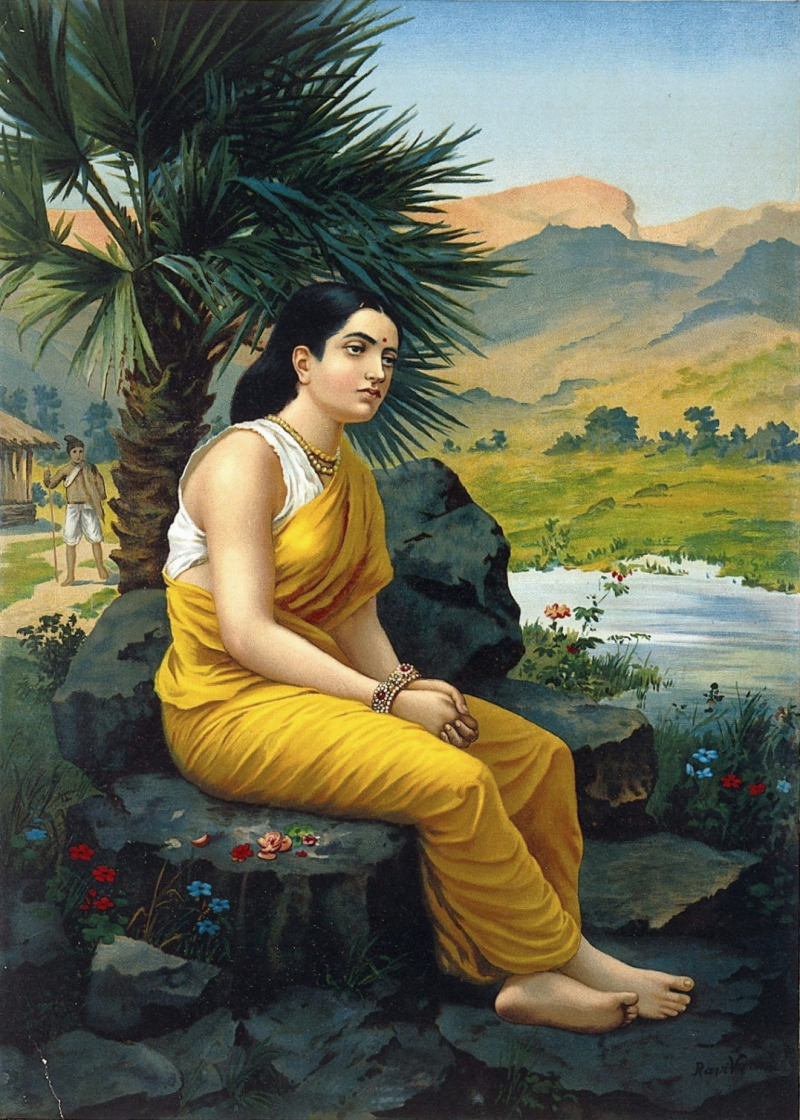
vi.wikipedia.org 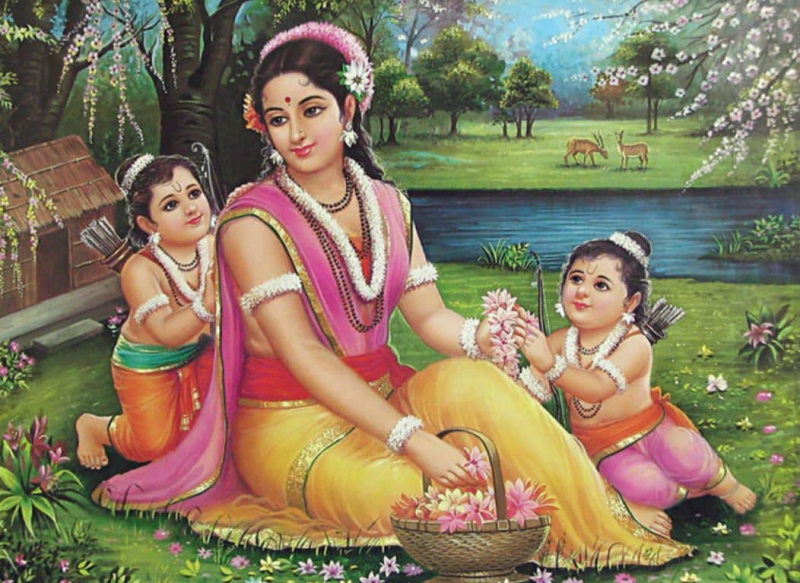
vedicfeed.com -
Aniko, Anige, or Araniko (1245-1306) was a key figure in Nepalese and Chinese arts, as well as artistic exchanges between the two countries. During the reign of Abhaya Malla, he was born in Kathmandu Valley, Nepal. Considered as one of the most important historical figures in Nepal, he is best known for constructing the White Stupa at Beijing's Miaoying Temple. During the reign of Jaya Bhim Dev Malla, he was assigned to a project in Tibet to build a golden stupa, where he was also initiated into monkhood. He was sent from Tibet to the court of Emperor Kublai Khan, the founder of the Yuan dynasty (1279-1368), where he introduced the trans-Himalayan artistic tradition to China. Araniko led a group of 80 artists to China and Tibet to construct a number of pagoda-style structures. He later abandoned monastic life to start a family.
In old texts, his name is variously written as Arniko or Araniko, which causes some translation confusion. Baburam Acharya mistranslated his Sanskrit name as Balabahu. Later, he claims that Aniko is the Chinese pronunciation of the Sanskrit name Aneka. It is also possible that his name is Aa Ni Ka, which means "respectable brother from Nepal."
Arniko's imperial portraits mark a turning point between Song, Yuan, and later imperial portraits. Later portraits sought to convey physiognomy rather than virtuous behavior. This approach was adopted not only in later Yuan imperial portraits, but also in Ming and Qing imperial portraits, which became increasingly frontal and rigid, and eventually more and more realistic, as European portraiture gained influence .
Gandhāra art before the Tang (618-907), Gupta art during the Tang, and Pla-Himalayan art during the Yuan were the three major waves of artistic influences from Central and South Asia in Chinese Buddhist art history. Arniko is the character who represents the third wave. The artworks from his institutions and stupas, as well as the two Yuan portraits in his hand, demonstrate this by drawing inspiration from the artistic traditions of Pla, Nepal, and China. After Mongol rule in China ended, Arniko's artistic legacy and innovation influenced Buddhist art at the Ming and Qing courts .
In recognition of his achievements, the Nepalese government issued postal stamps in his honor. The Araniko Highway in Nepal is also named after him.
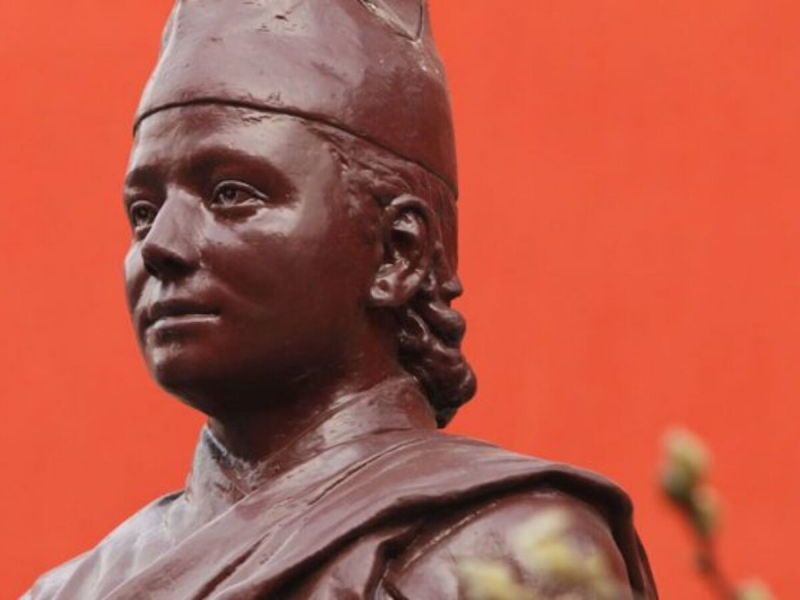
himalsanchar.com 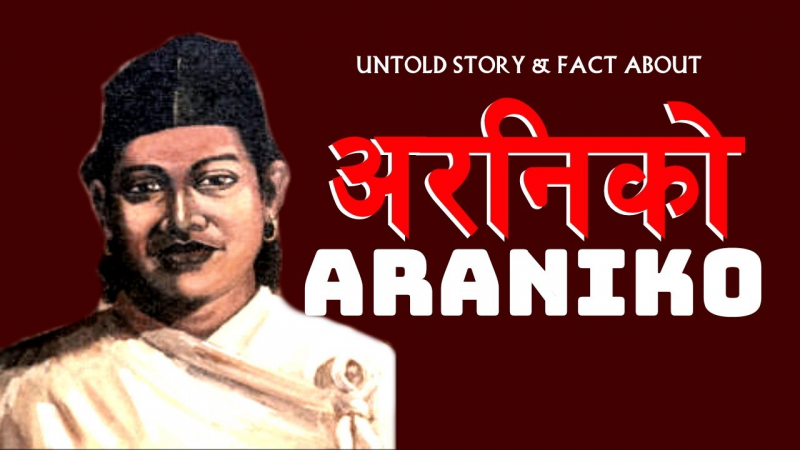
Photo: Unknown TimeTravel's Youtube Channel -
Ram Shah (reign before 1606 - 1636) was the Gorkha Kingdom's king (present-day Gorkha District, Nepal). He was the son of Gorkha King Purna Shah and the brother of Chatra Shah. In 1606, he ascended to the throne after his brother's death. He extended his kingdom as far east as the Trishuli River, west to the Marshyangdi, north to the Rasuwa, and west to the Mahabharat Range.
Shah was dubbed the "great conqueror" and the "conscientious." He introduced many changes to the Kingdom of Gorkha, such as fixed and uniform weights and measurements, criminal codes, the establishment of a fixed rate of interest, and the construction of the Newar architecture palace Gorkha Palace. His statue can be found at his Chautari, where he used to administer justice to the people.
Ram Shah's birth date is unknown; he was the brother of Chatra Shah. He was born to Purna Shah. Ram Shah requested that the King of Bhutan send Lamas "to perform [the] rite for the peace in his family and for the birth of a son." They were successful; he had three sons, including Dambar Shah. He followed the religion Hinduism. It was thought that he ruled the kingdom for about 27 years until his death in 1633; however, newly discovered information indicated that he was ruling in 1636. It was thus concluded that he ruled until 1636.
In Gorkha, there is a statue of Ram Shah in Ram Shah's Chautari, where he used to provide justice to the people. His criminal code was used by his successors, including the last king of Gorkha and the first king of Nepal, Prithvi Narayan Shah. It is said that Shah's wife possessed the power of the Devi, and after her death, someone built a Manakamana Temple.
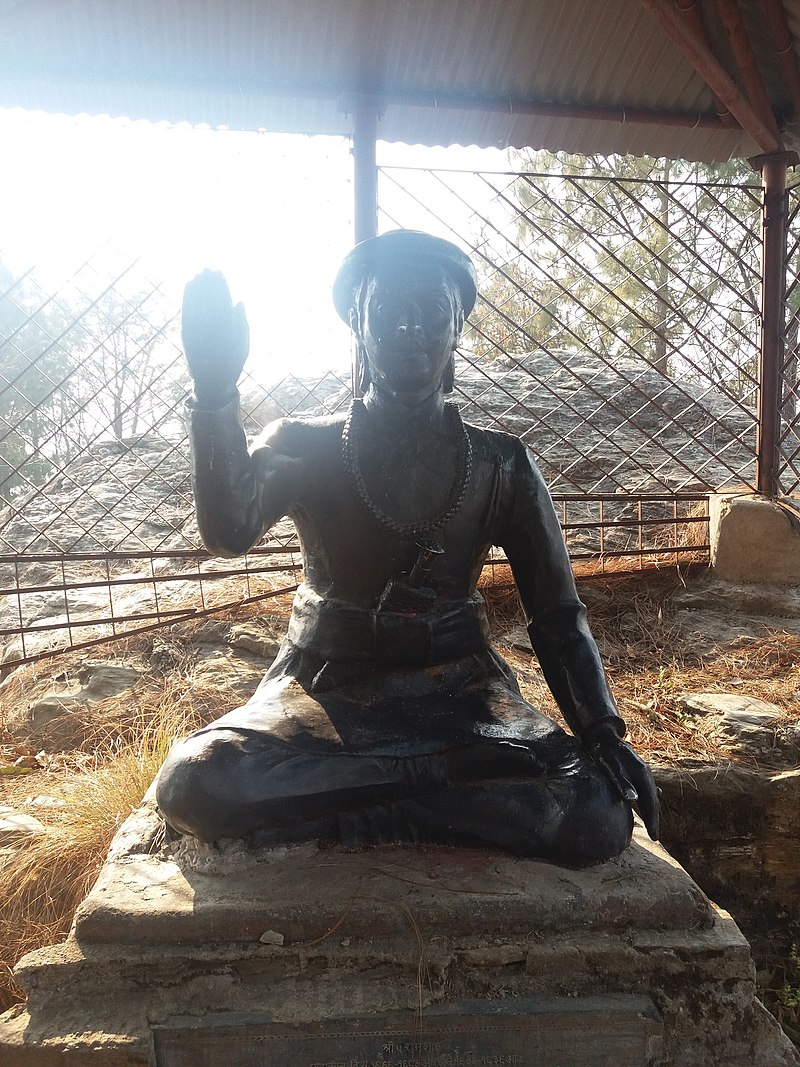
commons.wikimedia.org 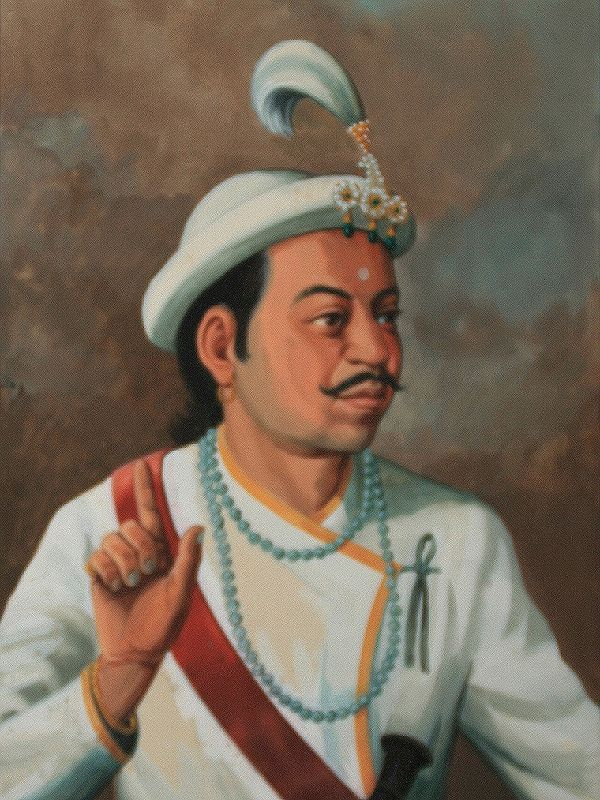
en.wikipedia.org -
Amar Singh Thapa Chhetri, also known as Badakaji Amar Singh Thapa, or Amar Singh Thapa The Elder, (also spelled Ambar Simha), or known by the honorific name Bada Kaji ("Senior Kaji") or Budha Kaji ("The Old Kaji") was a Gorkhali military general, governor, and warlord in the Kingdom of Nepal. In the Kingdom of Nepal, he was the overall commander of the Nepal Army in the conquest of the Western Provinces, as well as the authoritative ruler of Kumaon and Garhwal. The King of Nepal referred to him as Mukhtiyar (equivalent to Prime Minister) of the Western Provinces of Kumaon and Garhwal . He is often referred to as the Living Tiger of Nepal and he was posthumously regarded as one of Nepal's national heroes, who led the Anglo-Nepalese War for the Gorkhali Army. Amar Singh Thapa is commemorated by the names Amar Singh Chowk Pokhara and Shree Amarsingh Model Higher Secondary School.
Amar Singh was a religious figure who built numerous forts throughout Nepal and India. He constructed the original Gangotri Temple in Uttarakhand, which is part of the Chhota Char Dham pilgrimage circuit. He constructed the Sri Ram Temple, the oldest temple in the Mithila city of Janakpur, Nepal. In 1807, after establishing full Gorkha authority over Palpa and the adjacent Terai, he constructed the Amar Narayan temple at Tansen in the hills above Butwal.
Hamilton, a British historian, compared him to the ancient Carthaginian General Hannibal. The village of Amaragadhi in western Nepal is named after him. Amar Singh Thapa Khukuri is a Khukuri sword named after him. This Khukuri is based on the real Khukuri he used. The real Khukuri Amar Singh used is archived at the National Museum of Nepal and is curvier in nature than other traditional Khukuris.
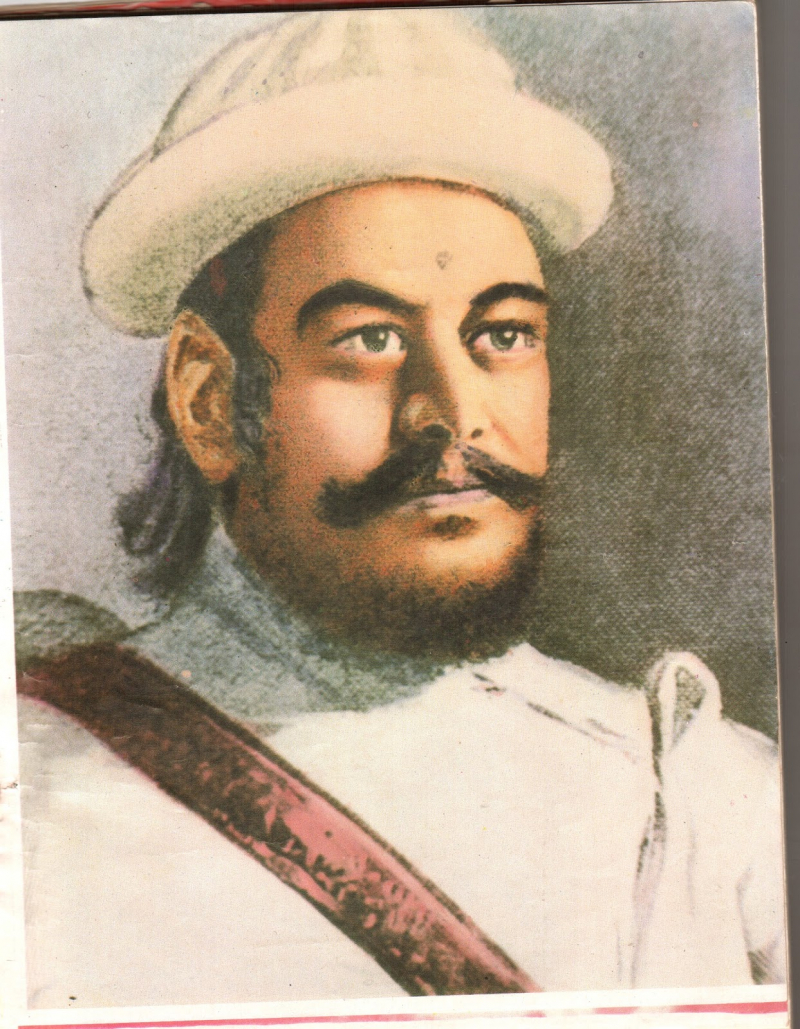
commons.wikimedia.org 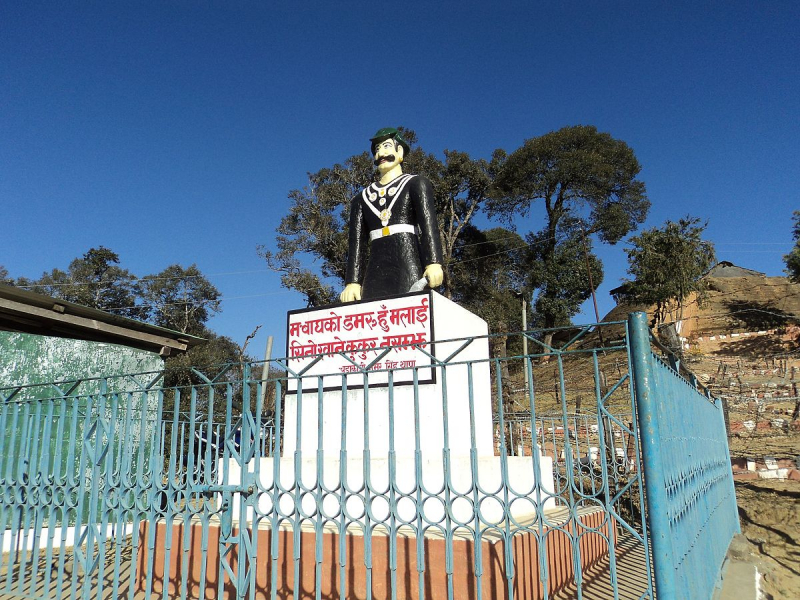
commons.wikimedia.org -
Maharajadhiraj Prithvi Narayan Shah (1723-1775) was the last ruler of the Gorkha Kingdom and the first monarch of the Kingdom of Nepal (also called Kingdom of Gorkha). Prithvi Narayan Shah initiated Nepal's unification. He is remembered as one of the most important historical figures in Nepal.
Because North India was ruled by Islamic Mughal rulers, Shah proclaimed the newly unified Kingdom of Nepal Asal Hindustan ("Real Land of Hindus"). He also called the rest of Northern India Mughlan (Country of Mughals). In Nepal, Prithvi Narayan Shah is regarded as the Father of the Nation.
King Prithvi Naraya Shah was eventually able to capture and annex small principalities into the kingdom. This expansion was critical to the Kingdom of Nepal's survival, as the East India Company was already expanding into the Indian subcontinent from their base in Bengal. Shah was convinced that the company would eventually conquer the southern regions bordering Nepal and approach Nepal. In the event of a war with the company or any other foreign power, he believed that if Nepal remained a collection of fifty principalities, it would be easily defeated and conquered. By expanding his kingdom, he ensured that Nepal would remain an independent state capable of negotiating on equal terms with a foreign power.
On his 52nd birthday in January 1775, Prithvi Narayan Shah died at Devighat, Nuwakot. His son, Pratap Singh Shah, succeeded him after his death, and his unification campaign was carried on by his younger son, Bahadur Shah.
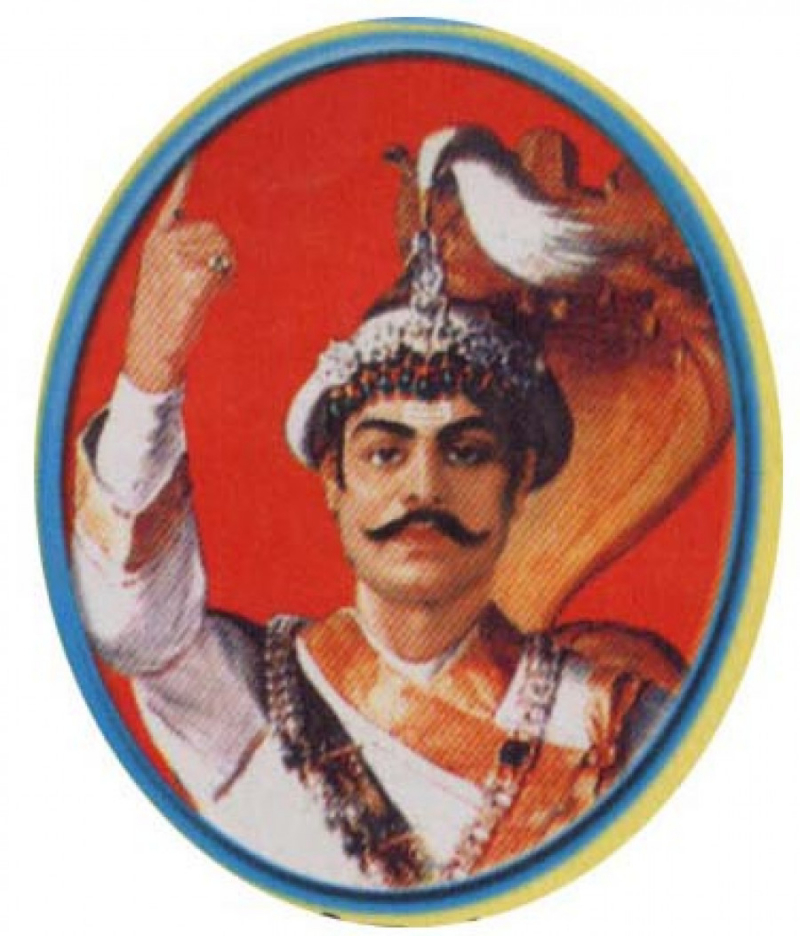
kathmandupost.com 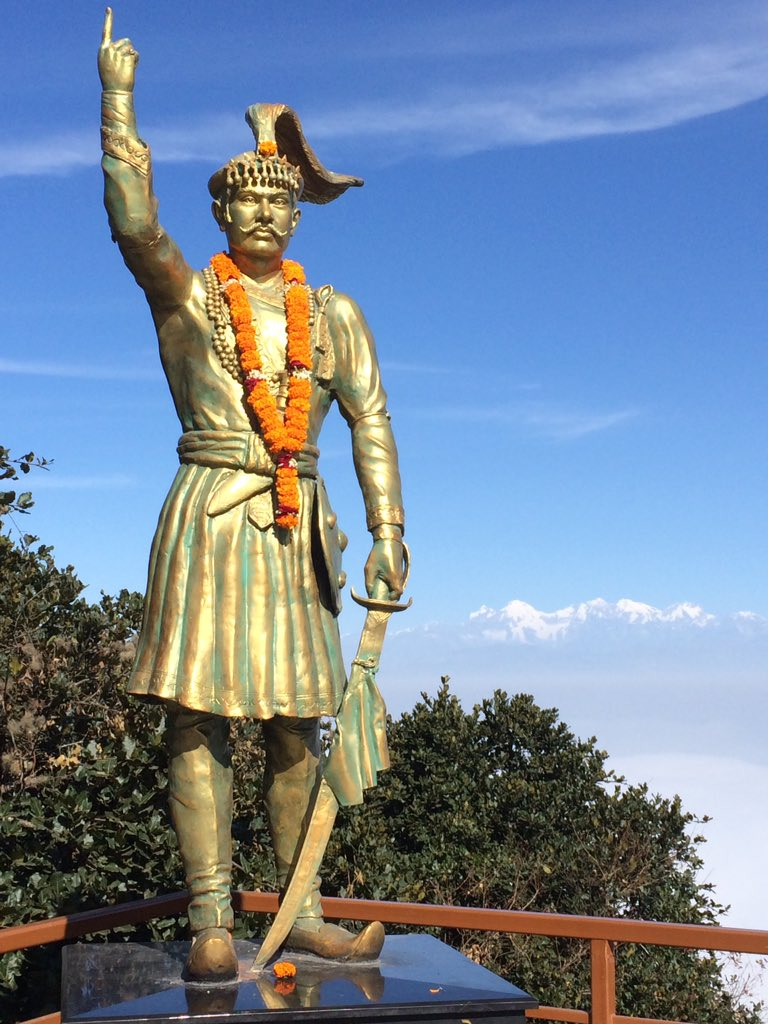
twitter.com -
Bhimsen Thapa (August 1775 - 29 July 1839) was a Nepalese statesman who served as the Mukhtiyar (equivalent to prime minister) and de facto ruler of Nepal from 1806 to 1837. He was inducted into the "National heroes of Nepal" by King Mahendra Bir Bikram Shah.
Bhimsen, who was born into an ordinary military family in the Gorkha Kingdom, first met Crown Prince Rana Bahadur Shah in 1785. His father hired him as the King's bodyguard in 1798. He rose to prominence after assisting exiled ex-King Rana Bahadur Shah in arranging his return to power in 1804. Rana Bahadur rewarded Bhimsen by making him a Kaji (equivalent to a minister) in the newly formed government. Following Rana Bahadur's assassination by his stepbrother Sher Bahadur Shah in 1806 in the context of which he ordered the death penalty for ninety-three people, popularly known as the 1806 Bhandarkhal massacre, Bhimsen claimed the title of Mukhtiyar (equivalent to prime minister) himself. The death of King Girvan Yuddha Bikram Shah at the immature age of 17 in 1816, with his heir, King Rajendra Bikram Shah, only 3 years old, combined with the support of Queen Tripurasundari (Rana Bahadur Shah's junior queen), allowed him to remain in power even after Nepal's defeat in the Anglo-Nepalese War. Following the death of Queen Tripurasundari in 1832, the newly adult King Rajendra's intrigues, conspiracies, and infightings with the British envoy Brian Houghton Hodgson, Senior Queen Samrajya Laxmi Devi, and rival courtiers (especially the Kala Pandes, who held Bhimsen Thapa responsible for Damodar Pande's death in 1804) eventually led to his imprisonment on false charges of the murder of an infant prince and
Bhimsen is remembered as the first Nepalese statesman to fully comprehend Lord Wellesley's British protectorate system in India, as well as his subsequent activities to keep British authorities at bay and prevent the Kingdom of Nepal from becoming a part of the British Empire through long and persistent anti-British politics during both wartime and peacetime. During his tenure as Prime Minister, the Gurkha empire expanded to its greatest extent from the Sutlej River in the west to the Teesta River in the east. However, from 1814 to 1816, Nepal was embroiled in a disastrous Anglo-Nepalese War with the East India Company, which was concluded with the Treaty of Sugauli, in which Nepal lost nearly one-third of its land. He is well-known for instituting a slew of social, religious, economic, and administrative reforms, as well as modernizing the Nepalese Army on the model of the French military forces. During his lifetime, he oversaw the construction of numerous temples and monuments, including the well-known Dharahara, also known as Bhimsen Stambha ("Bhimsen Tower").
Bhimsen is widely regarded as one of the most important figures in Nepalese history of the nineteenth century, a patriotic, astute, and diplomatic statesman who played an important role in defending his country against then widespread British colonial imperialism in South Asia. He is also regarded favorably as a reformer and for his effective systematization and management of state administration, programs, and policies. However, he has been chastised for instigating an inhumane political massacre in his early political career, as well as for eliminating his political rivals and consolidating political and military power within his family.
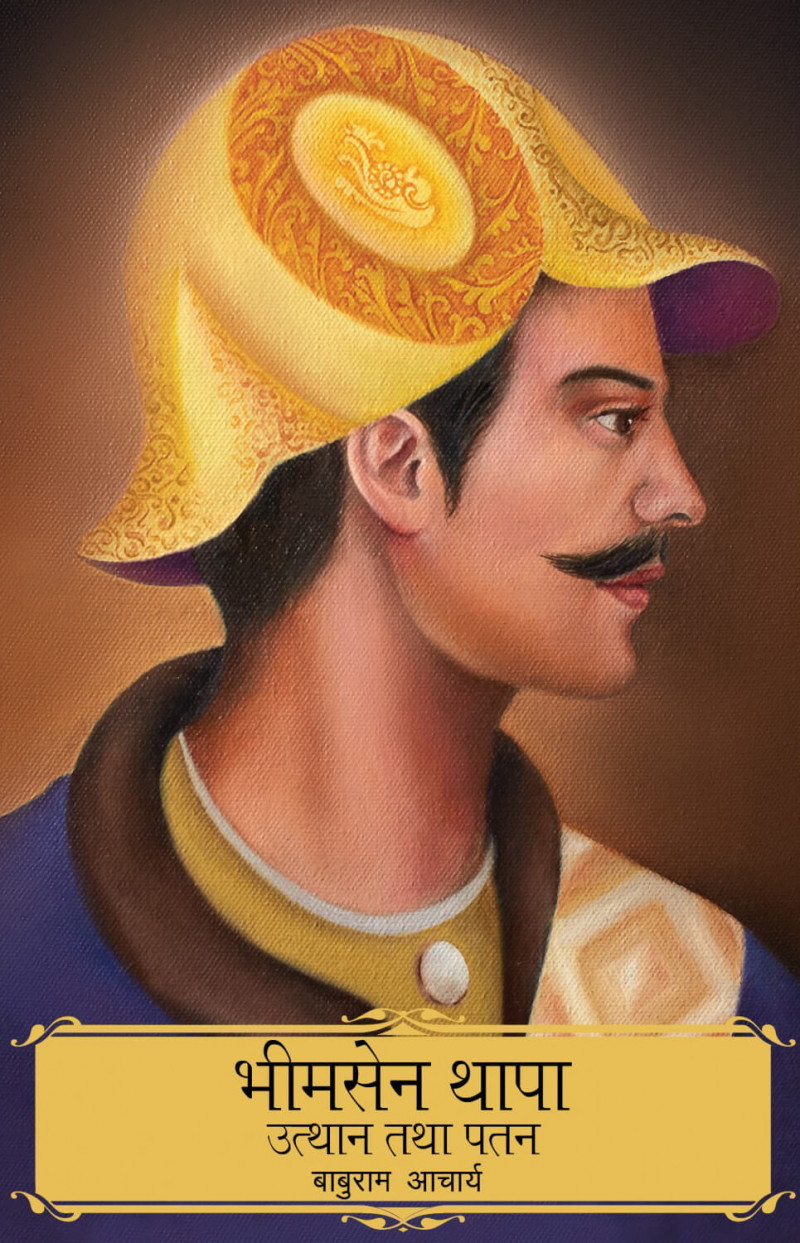
thuprai.com 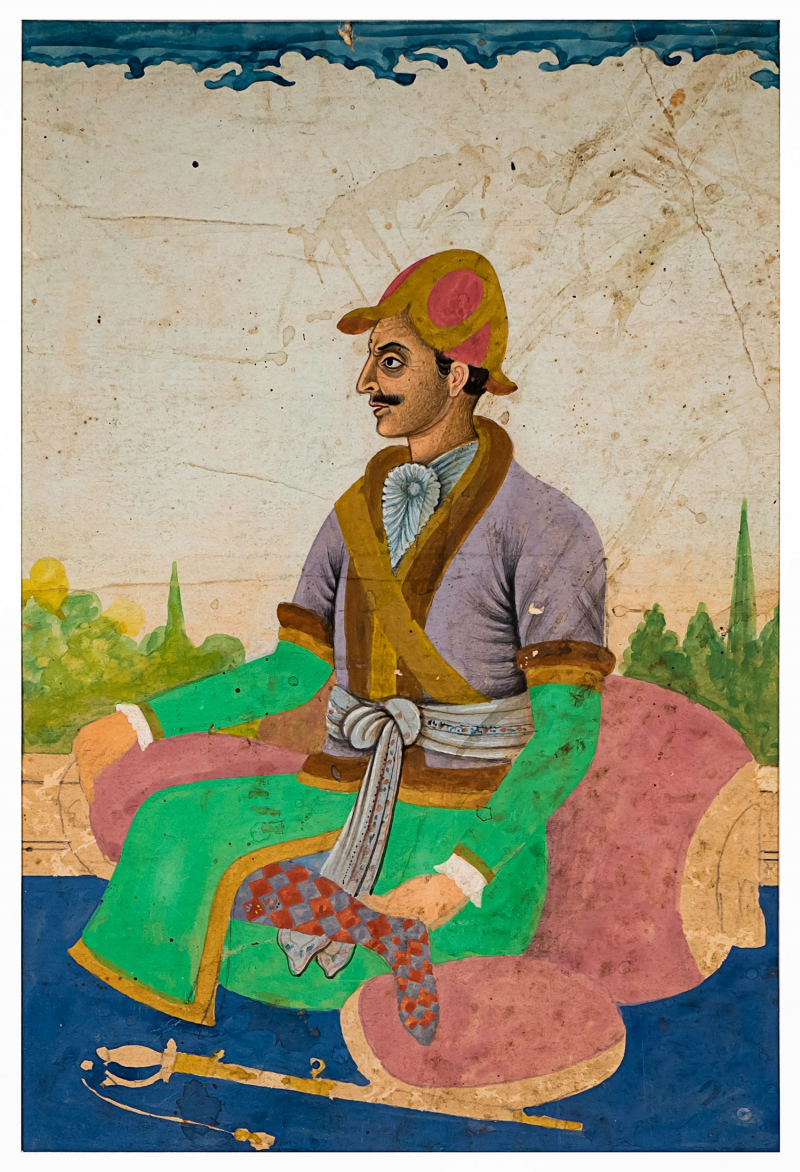
commons.wikimedia.org -
Balbhadra Kunwar Rana (30 January 1789 - 13 March 1823) was a Nepalese military commander and administrator in the Kingdom of Nepal. He is one of Nepal's national heroes. He was praised for his military skill in defending the Nalapani fort during the Anglo-Nepalese War (1814-1816). He was a Captain in the Nepalese military and was tasked as commander to protect the Dehradun forts.
Balbhadra Kunwar was a legendary warrior known for his extraordinary bravery and courage during the British assault on the Nalapani fort.
This bravery astounded the British, and he gained respect from his adversaries. He is one of the reasons Gorkhalis (Gurkha soldiers) are so well-known around the world. Bala Bhadra Kunwar held out for months during the siege of Dehradun, even without water.
During the 1879 Sikh-Afghan war, B. Samvat (1822), the Nepalis in the Sikh Military fought valiantly, but it was also the month in which Balabhadra Kunwar was killed by Afghan artillery in Naushera, Peshawar region, Afghanistan on Chaitra 3 (March/April in the Roman calendar and the last month in the Hindu Lunar calendar). Bhimsen Thapa had sent men to Lahore to gather information about this war and his nephew's death. He was commanded by the legendary General Hari Singh Nalwa, who honored him during the battle. Hari Singh Nalwa continued the campaign and made it all the way to Jamrud.
Following the Anglo-Nepali War, the British East India Company erected a war memorial in Nalapani honoring the Gorkhalis and Capt. Balbhadra Kunwar (often incorrectly referred to as Bulbuder Singh or Balbudder Thapa).
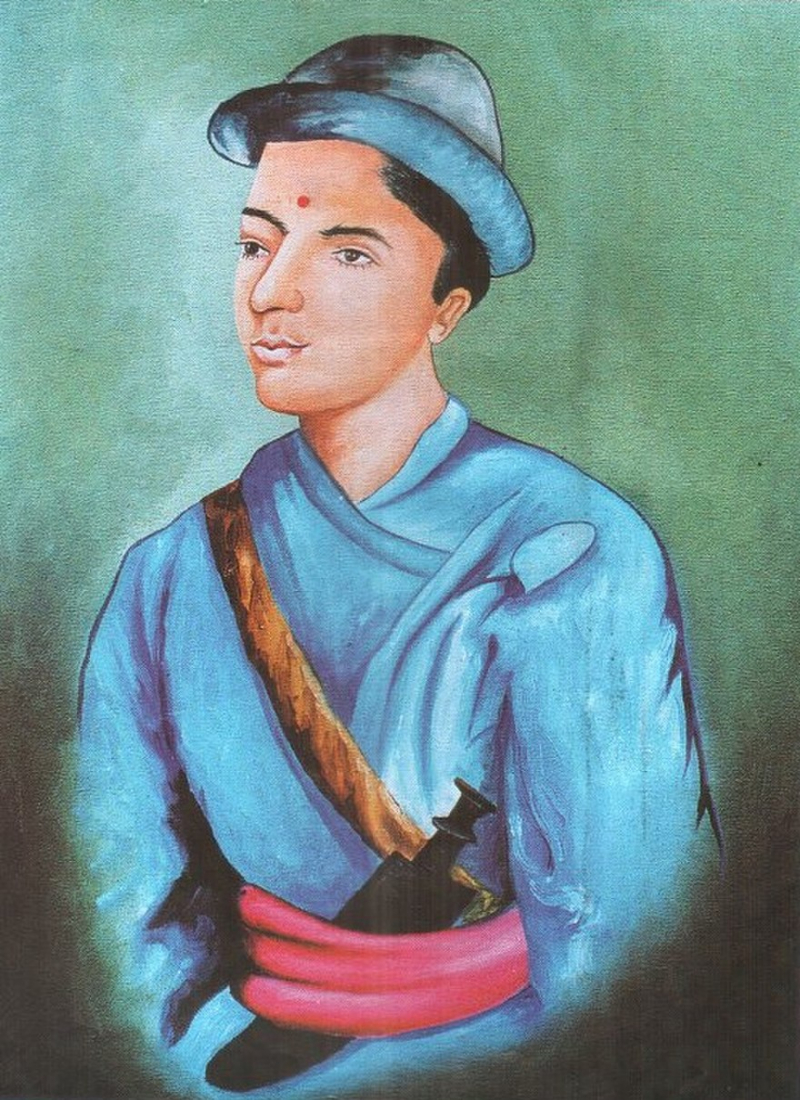
thereaderwiki.com 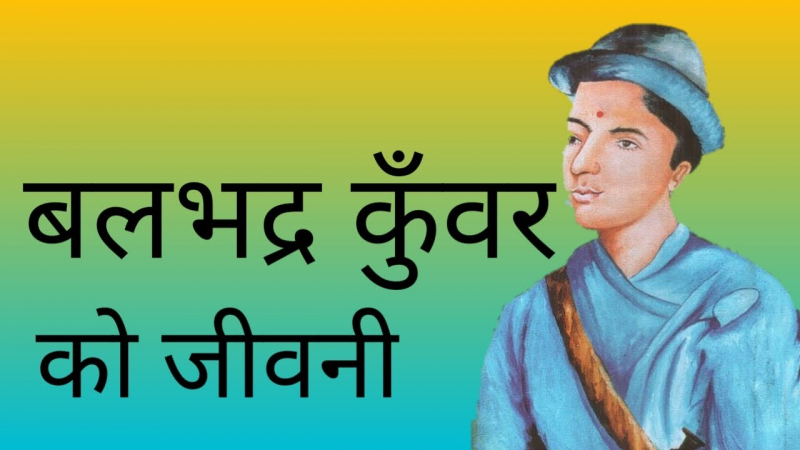
Photo: The Knowledge's Youtube Channel














